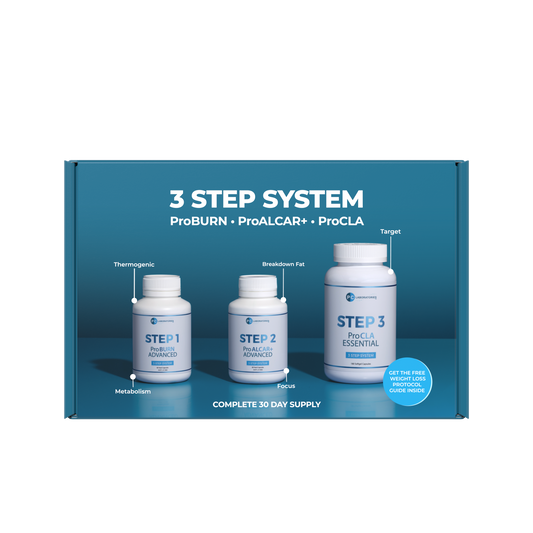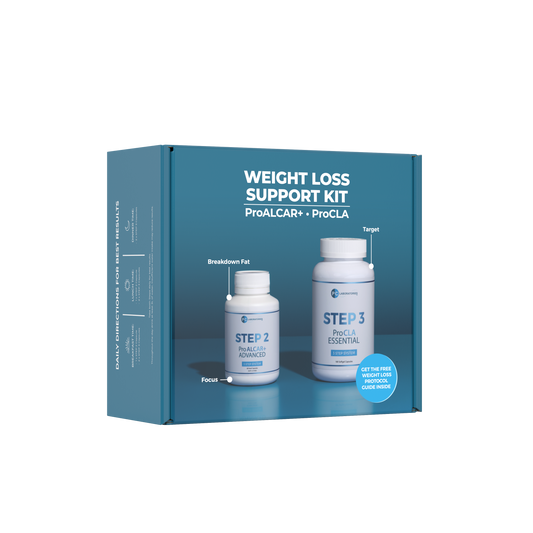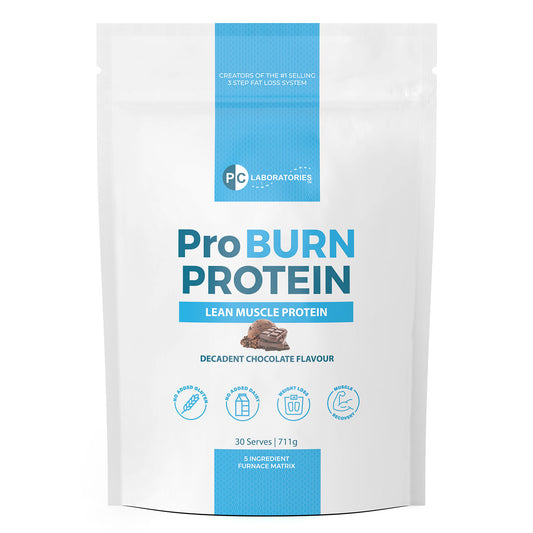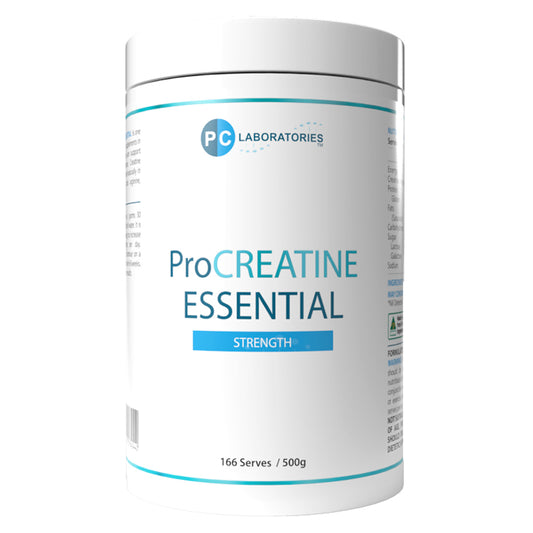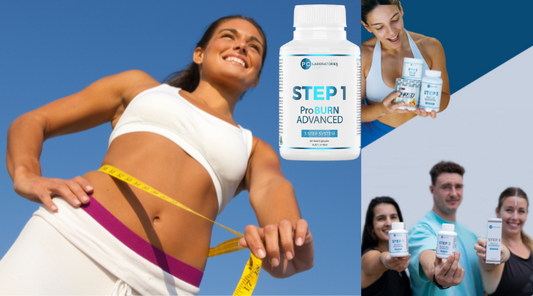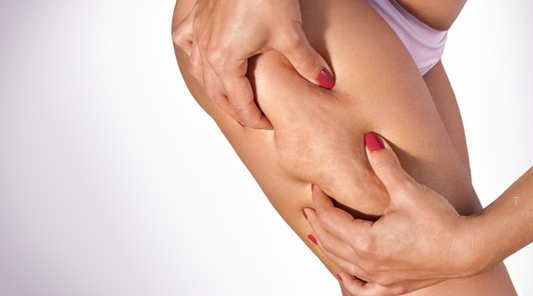What Is Cellulite?
Cellulite is one of the most commonly misunderstood skin conditions, yet it affects up to 90% of women at some point in their lives, regardless of weight or fitness level. It appears as a dimpled, uneven texture on areas like the thighs, buttocks, hips, and abdomen.
The underlying structure involves fibrous connective cords pulling down on the skin while fat cells push up against it, leading to that telltale rippling. While not medically dangerous, cellulite can cause physical discomfort, such as skin sensitivity or tightness. According to the Journal Of Surgical And Cosmetic Dermatology, it contributes to emotional discomfort, lowered confidence, body image, and daily comfort in one’s skin. Let's dive into the causes and measures for natural prevention.
Is It Just Body Fat?
Unlike general body fat, cellulite isn’t merely a reflection of excess weight. Even lean and athletic individuals can experience it. It's associated with a combination of structural skin changes, fat distribution, fluid retention, hormonal imbalances, and impaired microcirculation.
Poor lymphatic drainage and inefficient removal of metabolic waste can make the condition more noticeable. As a result, cellulite is not just a cosmetic concern but often signals systemic issues like poor circulation, inflammation, or reduced connective tissue health. Understanding its root causes is essential to tackling it effectively, beyond temporary fixes or aesthetic treatments.
Understanding the Root Causes of Cellulite
Cellulite formation stems from a mix of issues, including:
> Genetic predisposition
> Hormonal shifts (particularly oestrogen). Oestrogen affects blood vessel function and fat storage, both of which influence the appearance of cellulite. A decline in estrogen levels, especially during menopause, can reduce circulation and collagen production, making the skin thinner and more prone to dimpling.
> More prevalent in women- due to differences in fat distribution, connective tissue structure, and hormonal cycles.
> Sedentary lifestyle
> High body fat percentage
> Chronic stress
> Inflammatory diets
> Poor lymphatic drainage plays a significant role, as it allows metabolic waste to build up in tissue, creating swelling and fluid retention.
> Reduced blood flow to connective tissues impairs collagen integrity, weakening the skin’s support structure and allowing fat cells to protrude.
> Dehydration and a lack of micronutrients also contribute to decreased skin elasticity and tone.
Foods That Help and Those to Avoid
Nutrition can significantly influence the appearance of cellulite by improving circulation, supporting connective tissue, and optimising detoxification pathways. Whole foods rich in antioxidants, essential fatty acids, and water content help reduce inflammation, strengthen skin, and improve lymphatic flow.
Foods to include:
- Citrus fruits, berries, and leafy greens are rich in vitamin C and polyphenols, which support collagen production and blood vessel health.
- Fatty fish like salmon, mackerel, and sardines provide omega-3 fatty acids that enhance skin elasticity and reduce inflammation.
- Avocados, nuts, and seeds are excellent sources of vitamin E and healthy fats, both crucial for skin repair and moisture retention.
- Cucumbers, watermelon, and celery offer hydration and promote natural diuretic effects to help reduce fluid retention.
- Herbs like parsley and dandelion act as natural detoxifiers and support the kidneys and lymphatic function.
Foods to limit or avoid:
- Refined sugars and carbohydrates, which spike insulin levels and contribute to fat accumulation.
- Processed and fried foods that increase systemic inflammation.
- Excess sodium leads to water retention and bloating.
- Alcohol, which dehydrates tissues and impairs liver function, slows down toxin removal.
By choosing foods that support vascular health and reduce inflammation, the body becomes more efficient at removing waste, reducing fat storage in connective tissue, and improving skin resilience.
Lifestyle Practices That Make a Difference
Incorporating consistent daily movement and circulation-focused habits can significantly improve the appearance of cellulite. Physical activity stimulates blood flow and encourages the movement of lymphatic fluid, helping the body eliminate waste and reduce swelling.
> Daily movement (especially resistance training, walking, and interval workouts) builds lean muscle and improves fat metabolism. Stronger muscles beneath the skin create a firmer, more toned appearance, minimising the dimpling effect.
> Dry brushing is another powerful tool. Using a firm-bristled brush in circular motions on dry skin stimulates lymphatic flow, exfoliates dead skin cells, and promotes circulation. When practised daily before showering, it may gradually tighten and smooth skin texture.
> Lymphatic drainage massage—either manually or with specialised tools—helps encourage the removal of stagnant fluid and toxins. It also relieves pressure in congested areas where cellulite is most noticeable.
> Hydration is also essential. Water supports cellular function, flushes toxins, and keeps skin plump and elastic. Well-hydrated skin appears smoother and more vibrant, making cellulite less visible.
Key Supplements That Support Cellulite Reduction
Targeted supplementation can be an effective addition to a whole-foods-based approach and lifestyle changes. Certain compounds support connective tissue repair, promote fat metabolism, and enhance lymphatic function.
> Collagen peptides help rebuild the skin’s extracellular matrix, improving skin thickness and elasticity. Over time, regular intake may reduce the depth and visibility of cellulite by strengthening the dermal layer. ProBurn Protein is the delicious way to get your daily collagen, with metabolism-boosting compounds like Synephrine and Carnitine.
> L-Carnitine supports the transport of fatty acids into cells where they can be burned for energy. It may also reduce fat accumulation under the skin and improve metabolic efficiency.
> Green Tea Extract contains catechins that enhance fat oxidation and thermogenesis. It also supports detoxification and has been shown to improve skin elasticity and hydration. Step 1 ProBurn Advanced contains Green Tea, Galangal and caffeine for better fat burning.
> L-Glutamine, while traditionally associated with gut health and muscle recovery, helps reduce sugar cravings, supports cellular repair, and may improve body composition by preserving lean muscle mass. Learn more about the many benefits of Glutamine for muscle repair and digestion in our blog here.
These supplements can enhance overall results when combined with dietary changes and consistent movement, helping the body function optimally from the inside out.
Cellulite Management: Beyond the Surface
Managing cellulite is about far more than aesthetics. It reflects deeper systemic health, including lymphatic efficiency, hormonal balance, skin integrity, and metabolic wellness. Although genetics influence where and how cellulite appears, environmental and lifestyle factors are powerful tools for minimising its visibility and improving skin health.
It’s also important to acknowledge how cellulite can impact mental well-being. Many people feel self-conscious or frustrated by its appearance, especially in a culture that emphasises flawless skin. However, cellulite is extremely common, natural, and not something to be ashamed of. It's a part of human physiology, not a flaw.
By embracing a multifaceted approach that includes movement, targeted nutrition, circulation-enhancing practices, and supportive supplements, individuals can improve not only the appearance of their skin but also their overall health and confidence.


